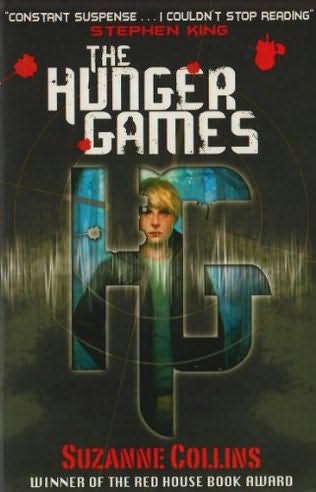

I'm always a happy guy when a new piece of fiction from Neil Gaiman comes out, but I'm downright delighted when he publishes a new work aimed at young readers. He has written two picture books (with David McCean) Wolves in the Walls, and The Day I traded My Dad for Two Goldfish. He has also published a book of short stories M is for Magic, but he is probably best known for the deliciously creepy Coraline.
Now, just in time for Halloween, Gaiman has returned to the world of children's literature with The Graveyard Book. TGB tells the story of Bod (short for Nobody) Owens, a young boy who is raised by ghosts in a graveyard after his family meets a particularly gruesome end within the book's opening chapter. This initial scene is fairly intense and terrifying, but the book settles down after that. The fate of Bod's family is no less unsettling than what happened to Lilly and James Potter in the Harry Potter books.
Bod enters the care of the ghosts after escaping his parent's fate as a toddler. Here he enters into a particularly loving and unique childhood. Raised by four hundred year's worth of ghosts, Bod has the benefit of wisdom from several different ages of British gentility. The oldest resident of the yard is a former Roman Centurian who never made it home from Caesar's campaigns. The most recent (or youngest) ghosts are Victorian dandies, the graveyard having been filled to capacity one hundred years ago. In the intervening years the graveyard is protected as a nature preserve, and thus explains how Bod is able to grow up without interference from pesky Child Protective Services or other well-meaning, but poorly informed dogooders.
Gaiman deftly weaves a growing confrontation between Bod and the shadowy cabal (really, is there any other type of cabal worth worrying about?) responsible for the deaths of Bod's family. These men, known as the Jacks of All Trades (needless to say, their trades are hardly carpentry or coopering) are magic users who crave power through the control and domination of others.
Along the way, Bod meets werewolves (his teacher, who refers to herself as a Hound of God), ghouls (particularly terrifying), witches, and death her(!)self. He also learns the ways of the dead: he can see in the dark, fade into invisibility, walk within the dreams of others, haunt, and induce fear from vague uneasiness to outright terror.
Throughout, Gaiman keeps the readers guessing as to the reasons for the death of Bod's family, and maintains tension along the way the climactic confrontation between Bod and the Jacks of All Trades. In addition, Gaiman sprinkles the story with liberal doses of his dry British humor. For example, each new ghost the reader meets is introduced by the inscription on their headstone: Traveler, Put Down Thy Staff, Deeply Regretted by All Who Knew Him, or my personal favorite Who Did No Harm To No Man all the Dais of Her Life. Reader, Can You Say Lykewise?
All in all, TGB is the welcome return of a master storyteller to the world of children's fiction. Here's hoping that it won't be so long next time. P.S. Readers, when your older, check out Gaiman's work on the Sandman graphic novels. Epic storytelling plain and simple.
